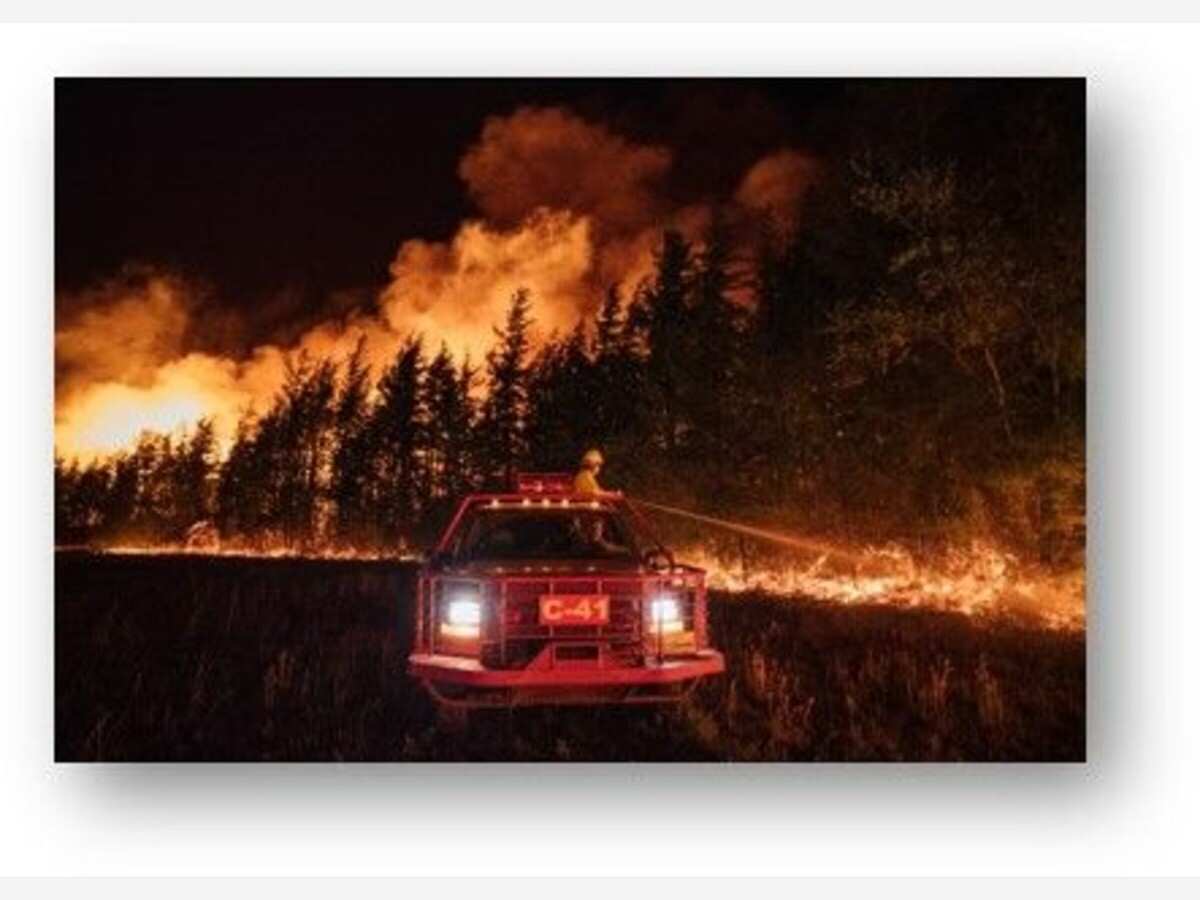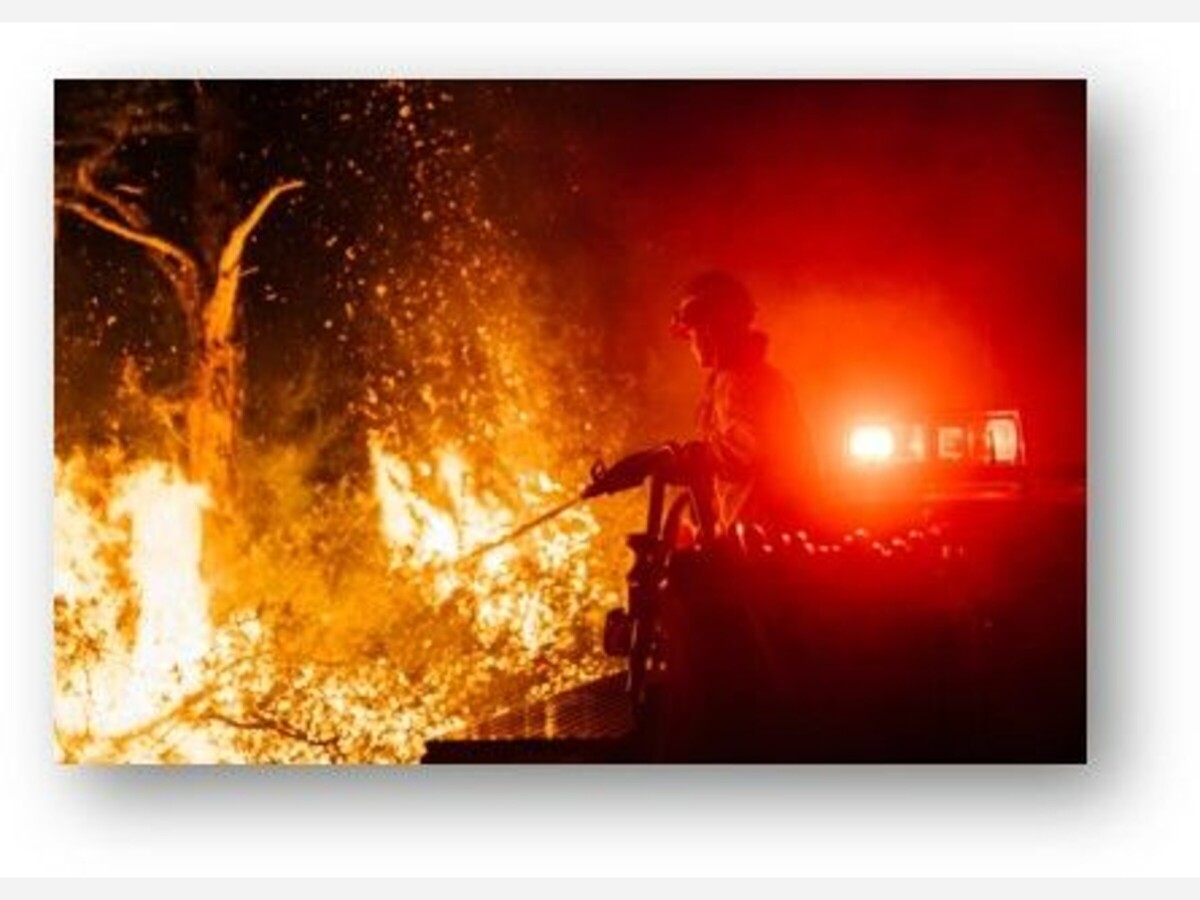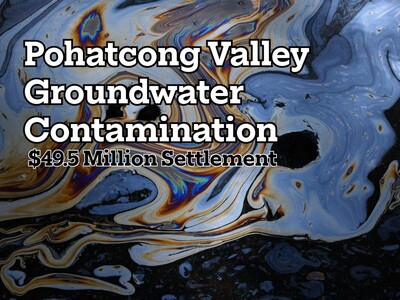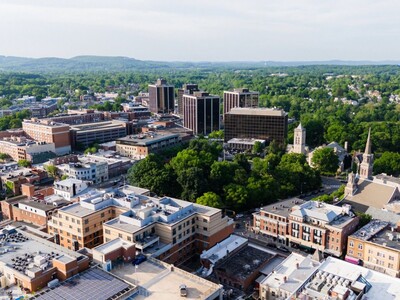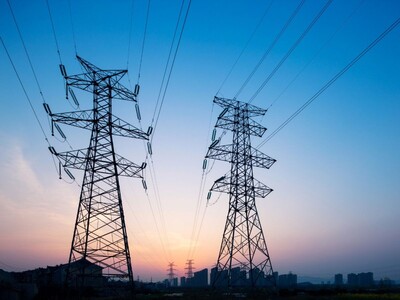New Jersey Forest Fire Service Urges Vigilance as Peak Wildfire Season Arrives
As New Jersey enters its peak wildfire season, the Forest Fire Service is emphasizing the importance of public awareness and adherence to safety measures to reduce the risk of wildfires throughout the state.
The peak wildfire season in New Jersey usually spans from mid-March to May, marked by warmer weather, decreased humidity, and increased winds. The Forest Fire Service annually reminds residents to exercise caution when dealing with outdoor fires during this time, offering guidance on minimizing wildfire hazards. Human activity accounts for the majority of wildfires in the state.
Environmental Protection Commissioner Shawn M. LaTourette said, "The continuing impacts of climate change mean our state is experiencing more severe weather conditions, storms, wind, and drought that can result in a longer wildfire season, which is why it is more important than ever that the public exercise caution and take steps to help protect their homes and property."
Preventing wildfires also aids in mitigating carbon releases that contribute to and exacerbate climate change.
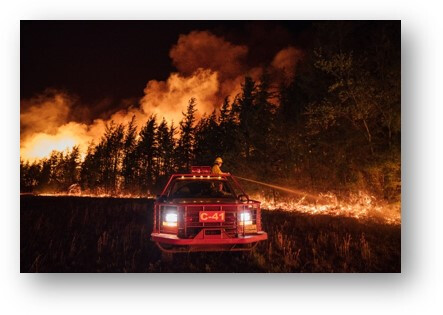
New Jersey's heightened wildfire concerns during this period are due to the absence of full leaves on trees and bushes, which allows more sunlight to reach the forest floor. Coupled with breezy or windy days, this results in an increasingly dry layer of fallen leaves and pine needles, which act as kindling for wildfire growth.
Greg McLaughlin, Administrator and Chief of the Forest Fire Service, stated, "Ninety-nine percent of wildfires in New Jersey are caused by humans through accidents, carelessness, negligence, and even arson."
The Forest Fire Service is committed to working with local communities to educate residents on maintaining "Firewise" homes in high-risk areas.
Wildfire Risk
New Jersey has experienced an early start to its wildfire season this year, with the Forest Fire Service responding to 315 wildfires that have burned 919.75 acres since January 1, 2023.
The largest of these fires, the Governors Branch Wildfire, sparked on March 7 in the Stafford Forge Wildlife Management Area in Little Egg Harbor, Ocean County. The fire, which burned 418 acres of forest, was contained by the evening. The cause of the Governors Branch fire remains under investigation.
In addition to responding to wildfires and other emergencies, the Forest Fire Service has been conducting prescribed burns statewide to reduce wildfire intensity, protect property, and improve native habitats for plants and animals.
It works closely with the Division of Air Quality, considering various factors before conducting prescribed burns, which are never carried out on a Red Flag Warning Day. To date this year, 20,750.41 acres of forest, grasslands, and marsh have been treated with prescribed fire.
Due to a lack of rain and snow, the southern part of the state is particularly concerned about volatile forest fuels, such as those found in the New Jersey pine plains, which are similar to the highly flammable chaparral fuels in California and southern Oregon.
The absence of snow in southern New Jersey this winter means that ground fuels such as pine needles and leaves have not compacted, allowing them to dry out rapidly on high-risk, breezy, or windy days.
New Jersey State Climatologist David Robinson noted that January and February this year marked the mildest two months of the winter season on record.
This is significant because greater evaporation occurs during milder winters compared to colder, wetter ones, leading to faster drying of understory debris that serves as fuel for wildfires across the state.
In 2022, the Forest Fire Service responded to 1,175 wildfires that burned 12,664 acres, including the 11,129.5-acre Mullica River Wildfire in Wharton State Forest, the largest wildfire in New Jersey since 2007.
The state also experienced a drought watch for nearly five months, with the 4th driest summer on record. The drought watch was lifted in December.
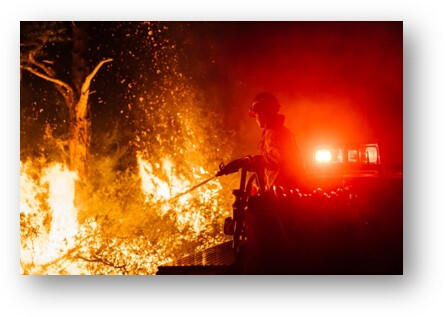
Wildfire Prevention
The majority of wildfires are preventable. Here are some steps to help reduce wildfire risk:
- Do not discard cigarettes, matches, or smoking materials on the ground.
- Contact your nearest Forest Fire Service office for information on obtaining a Campfire Permit.
- Never leave fires unattended. Extinguish them completely until they are cold to the touch.
- Keep matches and lighters away from children, and educate them about fire safety. Smokey Bear's new mobile game "Smokey's Scouts" offers a fun way for children to learn about wildfire safety.
- Protect your home and other structures from wildfires by creating defensible space. Visit www.njwildfire.org for more information.
- Ensure fire trucks have easy access to driveways.
- Report suspicious vehicles and individuals to authorities.
- Use wood stoves and fireplaces carefully, as they can emit embers that spark fires. Fully douse ashes with water before disposal.
The Forest Fire Service offers useful tools on its website to keep New Jersey residents informed, including the Fire Danger Dashboard and the Prescribed Fire Notifications Map.
John Cecil, Assistant Commissioner for State Parks, Forests & Historic Sites, said, "The Forest Fire Service encourages New Jerseyans to stay informed about wildfire risk and weather conditions that may contribute to the spread of a wildfire. Everyone can do their part to help the Forest Fire Service protect life, property, and natural resources."
To learn more about wildfires in New Jersey, steps to protect property, and other resources, visit www.njwildfire.org.

